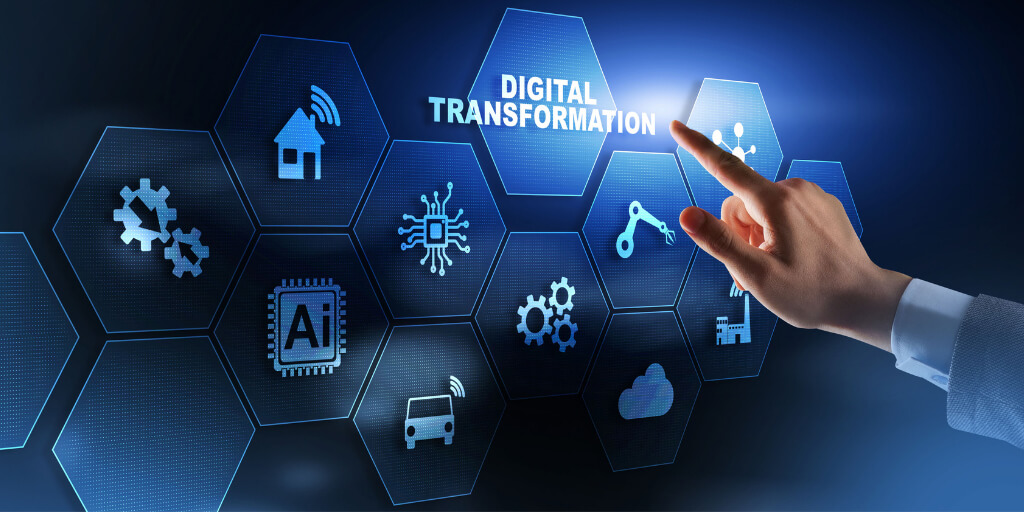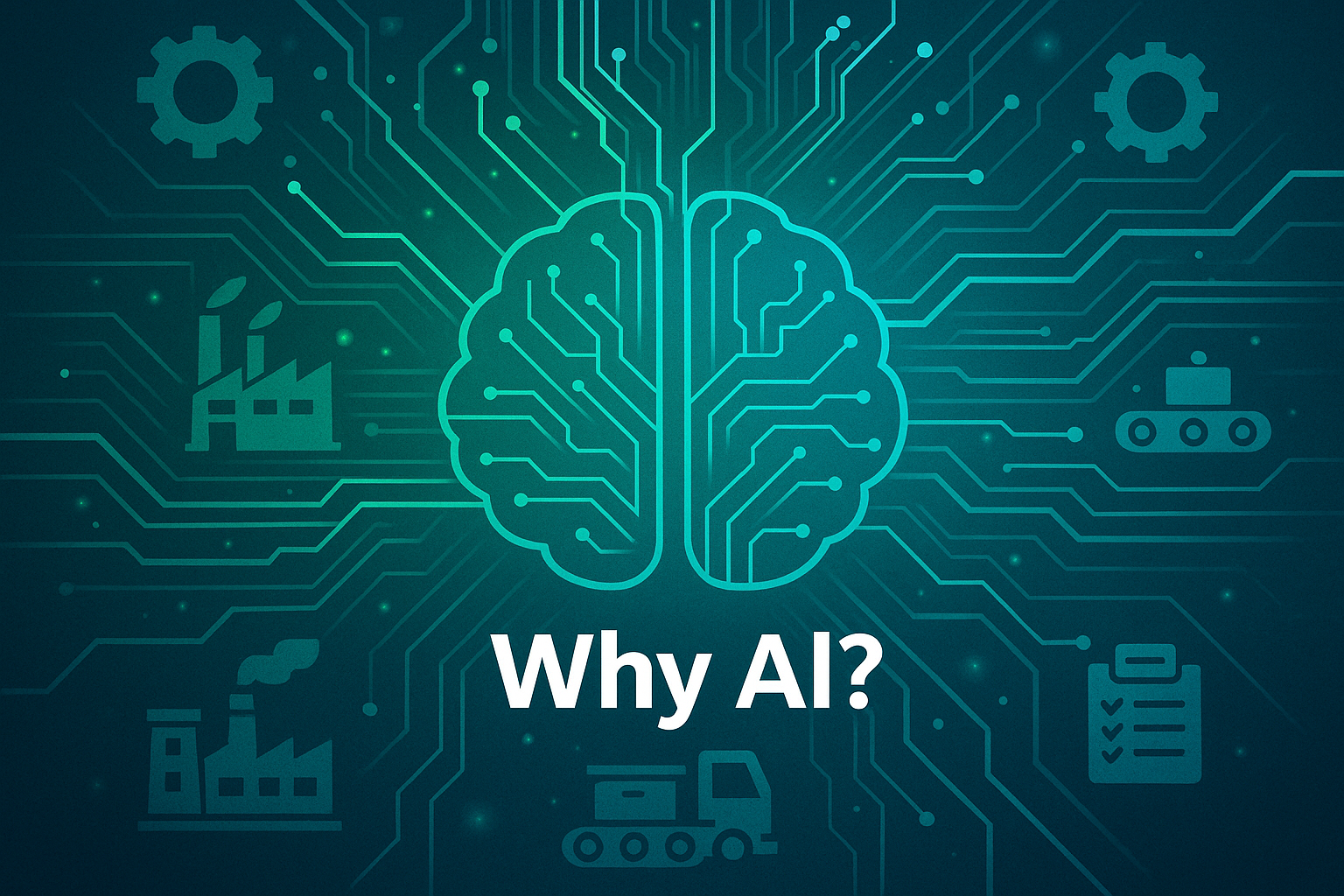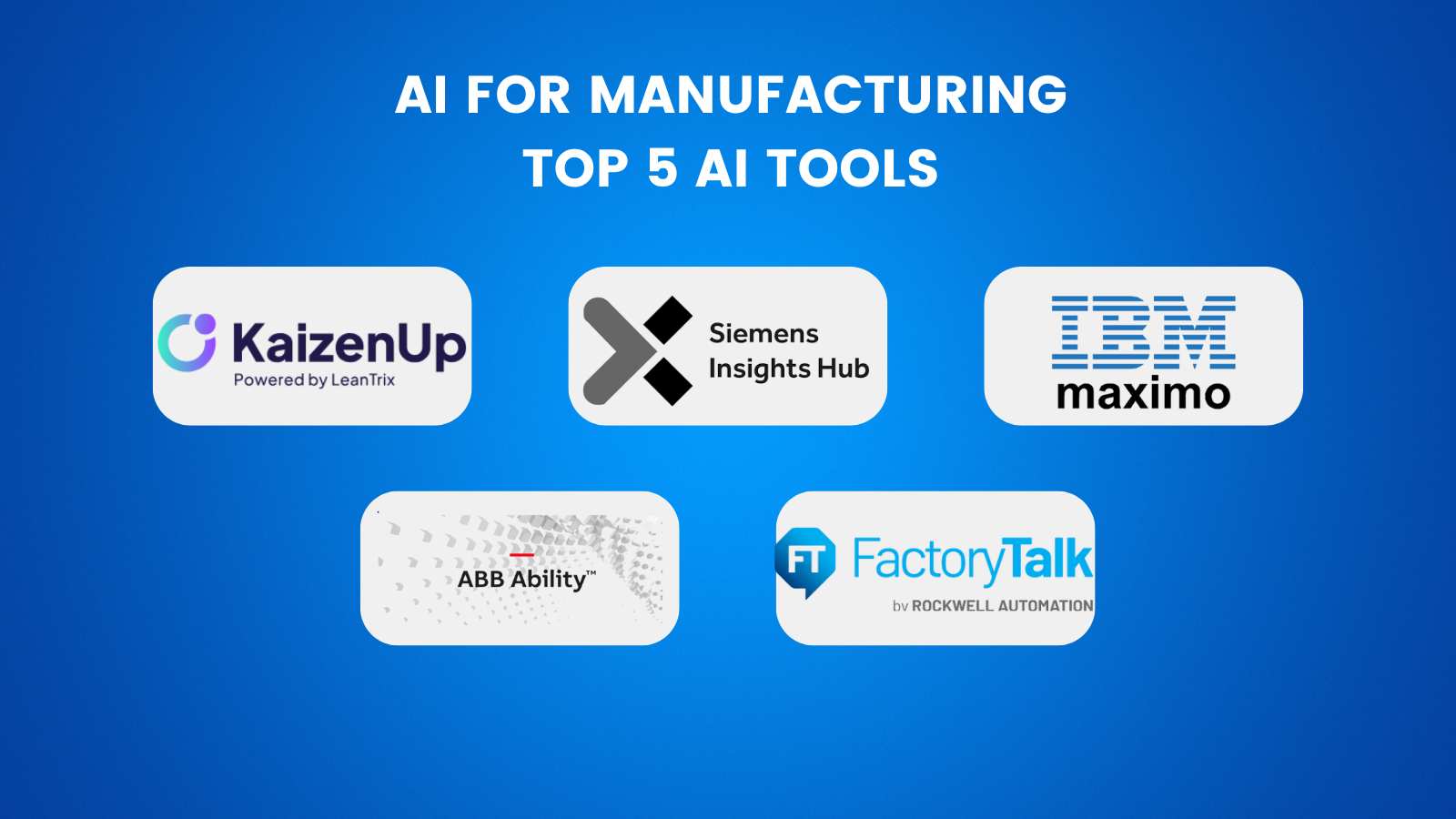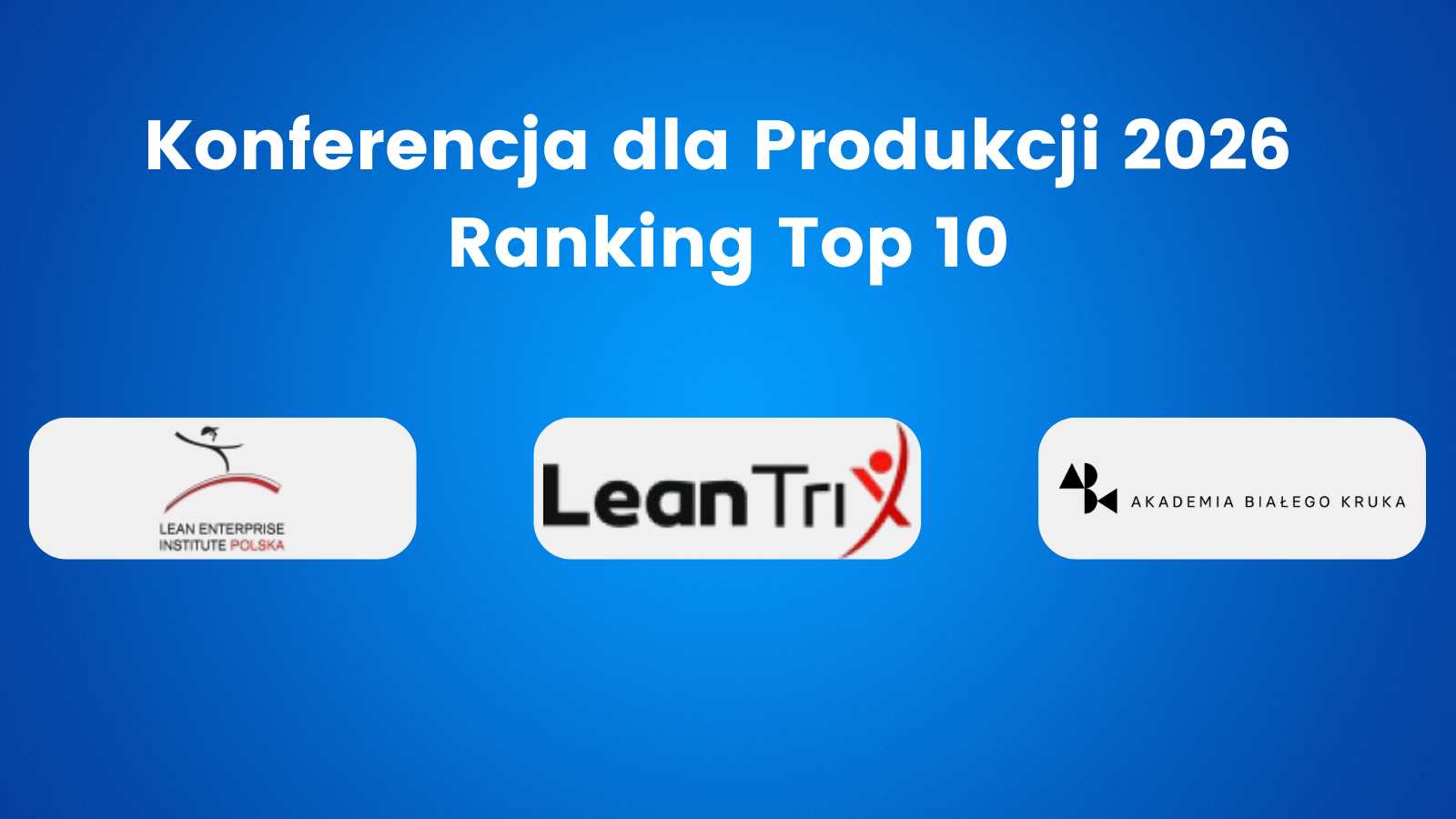What Is Digital Transformation? Digital Transformation is not just about moving information from paper to a PC. It’s about going beyond the traditional boundaries of IT and leveraging new technologies, like cloud computing, big data, social media, mobile devices, and more. Learn how this can help your business succeed in today’s marketplace by watching this video.
Table of Contents
ToggleThe Essence of Digital Transformation
It encompasses the strategic adoption and integration of digital technologies and processes across all aspects of an organization. It involves reimagining business models, operational practices, and customer experiences to leverage the full potential of technology for competitive advantage and sustainable growth.
Beyond Paper to PC
It goes beyond the mere conversion of information from paper to electronic formats. It represents a fundamental shift in how businesses operate and interact with stakeholders. Embracing new technologies like cloud computing, big data analytics, social media, mobile devices, Internet of Things (IoT), artificial intelligence, and machine learning is key to unlocking the transformative power of Digital Transformation.
Enhancing Efficiency and Agility
It enables organizations to streamline operations, automate processes, and improve overall efficiency. By leveraging cloud computing, businesses can access scalable and cost-effective IT infrastructure. Big data analytics allows organizations to gain valuable insights from vast amounts of data, driving informed decision-making. Social media and mobile devices enable enhanced communication and engagement with customers. These technologies collectively empower businesses to adapt quickly to changing market dynamics and seize new opportunities.
Revolutionizing Customer Experience
Digital Transformation places customer experience at the forefront. By harnessing digital technologies, businesses can personalize offerings, deliver seamless omnichannel experiences, and establish meaningful customer relationships. Social media, online platforms, and mobile applications enable direct interaction and feedback, fostering customer loyalty and advocacy. Understanding and addressing customer needs and preferences become easier with access to real-time data and analytics.
Embracing a Culture of Innovation
Digital Transformation is not solely about technology; it necessitates a cultural shift within organizations. It requires fostering an environment of continuous learning, innovation, and agility. Encouraging employees to embrace technology, collaborate across departments, and explore new ideas creates a foundation for sustained digital growth.
Digital Transformation: A Continuum, Not a Destination
Finally, it’s crucial to understand that Digital Transformation is not a destination to be reached but a continuum. As technology evolves, so too must businesses. The journey is iterative and ongoing, with each step forward opening new avenues for growth and improvement.
In conclusion, Digital Transformation represents an exciting but challenging adventure for businesses willing to embrace change. It offers a pathway to operational excellence, customer satisfaction, and innovative growth. By understanding and adopting the principles outlined in this article, businesses can not only succeed but thrive in the digital age.
Leveraging Digital Software for Enhanced Production
In today’s industrial landscape, the role of digital software in production cannot be overstated. Manufacturing and production environments have increasingly turned to sophisticated digital solutions to meet the demands of efficiency, precision, and scalability. This chapter delves into the transformative impact of digital software on production processes, exploring its capabilities and the benefits it offers to modern manufacturing setups.
The Advent of Smart Manufacturing
Smart manufacturing is a broad term that encompasses the integration of advanced digital software into production systems. This includes everything from supply chain management to the factory floor’s automated machinery. Smart software systems enable manufacturers to optimize operations, reduce waste, and adapt swiftly to market changes or customer demands.
Key Components of Digital Software in Production
- Enterprise Resource Planning (ERP) Systems: ERP software stands at the core of production-related digital transformation. It provides a unified platform to manage and monitor all aspects of production, including inventory management, procurement, product lifecycle management, and overall operational planning.
- SOP Management System: SOP Software can support companies in managing production documentation (Work Instructions, Standard Operating Procedures)
- Manufacturing Execution Systems (MES): MES software facilitates the tracking and documentation of the transformation of raw materials to finished goods. It bridges the gap between planning and actual production, ensuring that operations are executed as efficiently as possible.
- Computer-Aided Design (CAD) and Computer-Aided Manufacturing (CAM): CAD/CAM software has revolutionized product design and manufacturing. CAD allows for the detailed creation of product designs in a virtual environment, while CAM uses those designs to automate and control manufacturing processes.
- Product Lifecycle Management (PLM) Tools: PLM software manages the entire lifecycle of a product from inception, through design and manufacture, to service and disposal. It integrates data, processes, business systems, and people in an extended enterprise.
- Supply Chain Management (SCM) Systems: SCM software provides visibility and control over the supply chain, enabling companies to respond proactively to disruptions and maintain efficient operations.
Advantages of Implementing Digital Software in Production
- Increased Efficiency and Productivity: Digital software automates many aspects of the production process, minimizing manual tasks and reducing the potential for human error. This automation leads to increased operational efficiency and higher productivity.
- Real-Time Data and Analytics: Modern production software comes with robust analytics capabilities, offering real-time insights into every aspect of the manufacturing process. This data-driven approach aids in making informed decisions that can improve quality and performance.
- Enhanced Quality Control: Digital solutions enable precise control over production processes, resulting in improved product quality. Software tools can detect deviations from standards and prompt corrective actions, ensuring that quality benchmarks are consistently met.
- Flexibility and Scalability: The digital nature of modern production software allows for greater flexibility in manufacturing operations. Production lines can be quickly reconfigured to accommodate new products or changes in product design.
- Cost Reduction: By optimizing production processes and reducing waste, digital software contributes to significant cost savings. Enhanced supply chain management also minimizes inventory costs and reduces the risk of overproduction.
Challenges and Considerations
While the benefits are clear, integrating digital software into production environments comes with challenges. Concerns around cybersecurity, the need for skilled personnel to manage and interpret data, and the initial cost of implementation are all important considerations. Moreover, the cultural shift towards a digitally-oriented mindset requires ongoing commitment and training.
The Future of Production Software
As we look to the future, the role of digital software in production will only grow. Technologies like the Internet of Things (IoT), artificial intelligence (AI), and machine learning are set to further revolutionize production environments, leading to unprecedented levels of automation, predictive maintenance, and customization. Companies that embrace these digital tools will find themselves at the forefront of the Fourth Industrial Revolution, poised to reap the benefits of a smart, connected, and highly efficient manufacturing ecosystem.

Andrea Manti is CBDO at Lean Community. He has over 15 years of experience in Lean Management. He is an expert in Lean and Quality Management and has held positions working as a Process Engineer, Customer Quality representative, Quality System Manager (IATF standard), and Continuous Improvement Senior Manager. During his career, Andrea has led the implementation of several Lean/6Sigma projects, TPM workshops, and TWI activities. He is also an expert in the World Class Manufacturing (WCM) program
During my 20 years of experience as a Lean Expert and Trainer, I have seen many Lean Journey … some of them failed but some of them brought people and companies to incredible results. I always liked to teach others and I am happy when they have success.
This is the reason why I started in 2010 with my first website on Lean and by continuous improvement, I decided to found LeanVlog.







